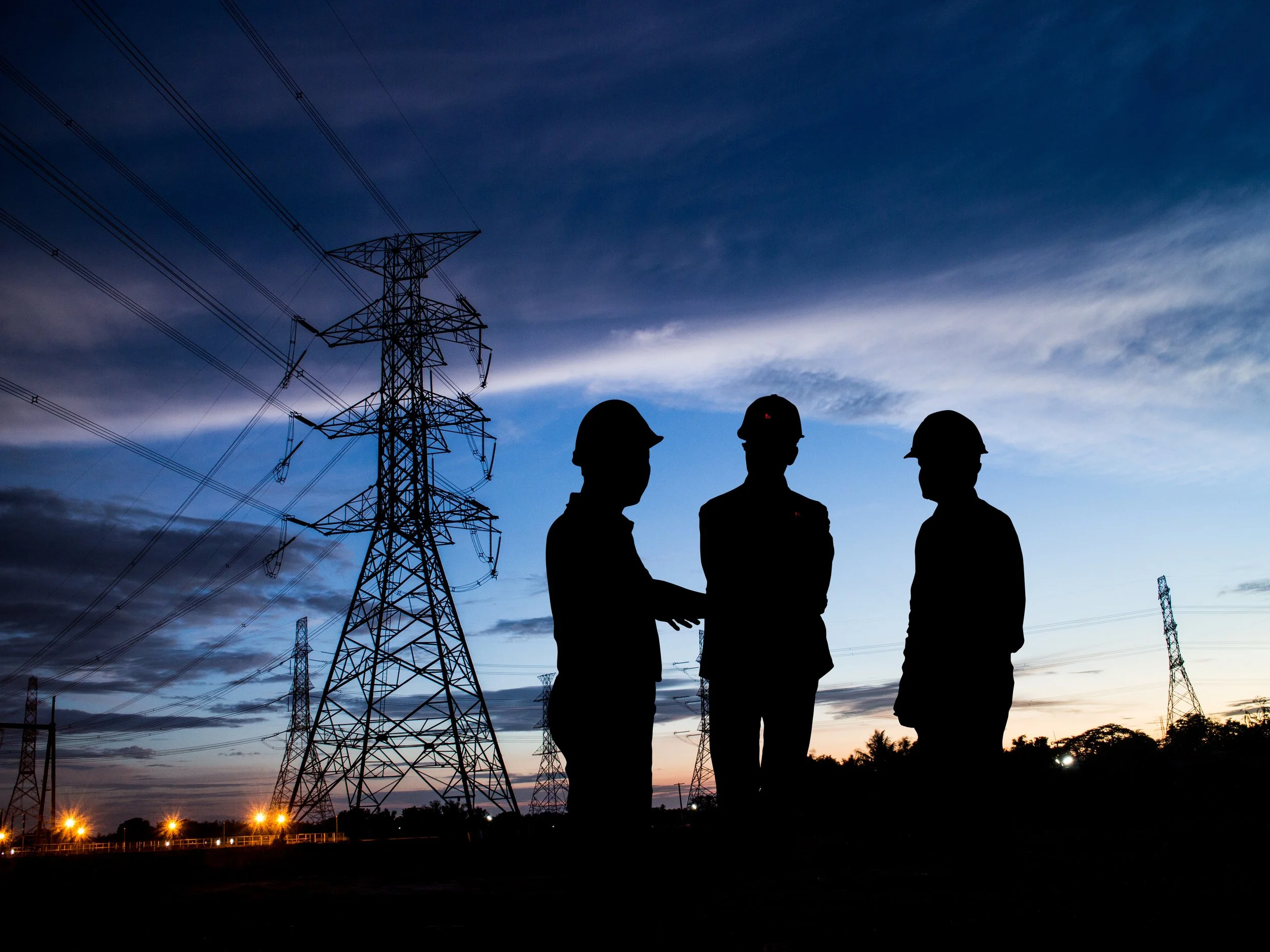In recent years, it has become increasingly challenging to get transmission projects built for a wide range of reasons, including permitting delays, NIMBYism, disincentives to develop projects between different utility territories, and lack of coordination between states.
As a result, there is now more proposed generation capacity and associated projects in the interconnection queues of the independent system operators than ever before, the vast majority of which are wind and solar projects. Part of the reason for the delay in the development of more renewable energy is that there is insufficient transmission capacity in the areas where these projects are being proposed.
Ari Peskoe, the Director of the Electricity Law Initiative at the Harvard Law School Environmental and Energy Law Program, makes two suggestions to resolve these issues. One is to give states more authority over transmission planning and promote competition in the development of transmission infrastructure rather than letting the incumbent utilities build it themselves. The second is establishing a minimum set of benefits for transmission projects to be approved rather than just a single reason, such as improved reliability. Other reasons could include reduced emissions, increased resilience, and increased flexibility.
Another potential solution to this, as proposed by Michael Giberson, an economist who recently joined the R Street Institute as a senior fellow, is to establish an entity that is exclusively responsible for transmission infrastructure across a given state, independent system operators (ISO) region, or region of the country. That way incumbent utilities can focus on upgrading their distribution systems. The last-mile connection with consumers is increasingly important as the amount of renewable distributed energy (DERs) on the grid grows, resulting in bidirectional power flows and increased demand due to electrification of the transportation, heating, and other systems.
Implementation of the Federal Energy Regulatory Commission's (FERC) Order 2222 will only accelerate this trend in parts of the country with wholesale energy markets, as the Order requires variable DERs to be allowed to participate in those markets.
The transmission system is increasingly constrained despite declining production from older – primarily coal – power plants. That has made it increasingly difficult to develop wind and solar projects, especially in rural areas of the country, which often have the highest potential for wind and solar generation, such as rural parts of Kansas, Oklahoma, Texas, New Mexico, Arizona, and Nevada.
An entity exclusively responsible for transmission would be incentivized to build new transmission lines and expand the capacity of existing ones so more renewable generation could be developed.
Conversely, investor-owned utilities under the existing regulated monopoly model are only incentivized to develop small transmission projects exclusively within their service areas rather than work with neighboring utilities to provide greater regional interconnection. That is especially true in fully regulated areas not covered by an ISO.

